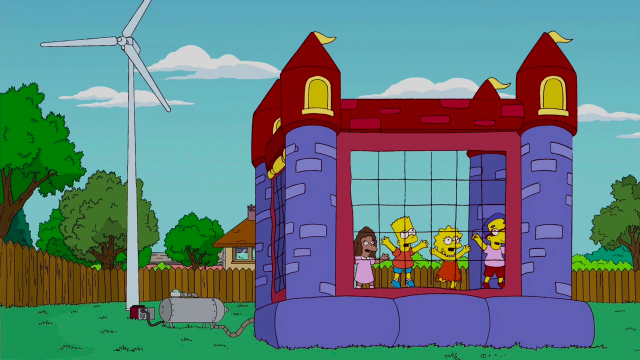The federal government wants to make Australia a renewable energy superpower and the 2023-24 Budget featured a handful of initiatives and investments made with that green(er) future in mind.
“Energy has played an important role in building Australia’s prosperity for decades. Renewable energy can do the same for decades to come – powering the next era of growth across our regions, for both traditional, and new industries,” the 2023-24 Budget overview PDF explains.
And with that, the government will be investing a further $4 billion (totalling now more than $40 billion) in Australia’s plan to become a renewable energy superpower. This includes $2 billion being pumped into Hydrogen Headstart, which is a new program to support hydrogen production. $2 million of this funding will also be used to establish a fund to support First Nations communities to engage with hydrogen project proponents and planning processes.
“Australia already has the largest pipeline of renewable hydrogen projects in the world. Hydrogen Headstart will bridge the commercial gap for early-stage projects, and position Australia to be a world-leading hydrogen producer and exporter,” the government said.
On renewables, the Budget is funding the Capacity Investment Scheme, to “underwrite new investment in clean energy, accelerating the development of cheap, clean renewable generation and storage and ensuring the smooth transformation of Australia’s energy market”. It also allocates $12 billion of the government’s $20 billion investment in Rewiring the Nation to “transformational transmission projects”, including $1 billion in Tasmania’s Battery of the Nation projects, $1.5 billion towards Renewable Energy Zones and offshore wind in Victoria, and $4.7 billion to unlock critical transmission in New South Wales.
The federal government will also provide $28 million (over two years) to develop Australia’s first National Climate Risk Assessment and a National Adaptation Plan to understand the risks to Australia from climate change, invest in a plan to adapt to those risks, and commission an independent review of the Australian Climate Service.
The government has also earmarked $38.2 million to establish a Guarantee of Origin scheme to underpin markets for green energy, including hydrogen, and other low emissions products.
With the Powering Australia commitment pledged during last year’s Budget, this year’s wallet allocates $14.8 million more to establish the Powering Australia Industry Growth Centre, which it said will support Australian businesses looking to manufacture, commercialise, and adopt renewable technologies. Jobs and Skills Australia will also be undertaking a Clean Energy Capacity Study to evaluate workforce needs and “enable Australia to strategically plan for the skills needed for the transformation to a clean energy economy”.
Elsewhere, Australia is also getting a Net Zero Authority. With $83.2 million (over four years), the national Net Zero Authority will be charged with promoting “orderly and positive economic transformation associated with decarbonisation and energy system change in regional areas, including support for impacted workers”.
“The Authority will include a focus on the regions, industries and workers that traditionally powered Australia’s economy,” the announcement adds.
The term ‘electrification’ is also tossed around a lot in the 2023-24 Budget docs, with the government saying electrification is “critical to achieving emissions reductions and lowering energy costs for households and businesses”. Although we were expecting Australia’s first National Electric Vehicle Strategy to take centre stage – it is getting $7.4 million to support the introduction of a Fuel Efficiency Standard – it was a focus on small-to-medium businesses when it comes to electrification. There’s a handful of savings they can make via the Small Business Energy Incentive, which is essentially a way they can save on their power bills through smarter energy use.
While not given any cash explicitly, the government announced it was also developing a Future Gas Strategy, which it said will support Australia’s energy system to reach 82 per cent renewables by 2030 and become cleaner, cheaper and more reliable, “while maintaining our international reputation as a trusted energy supplier to our longstanding trading partners”.
The 2023-24 Budget also comes with a $57.1 million investment to develop Critical Minerals International Partnerships, $400 million (via an Industrial Transformation Stream) to support the growth of new clean energy industries in regional areas, a further $400 million to support the development of clean energy industries by investing in sovereign manufacturing capability of critical inputs, such as steel, cement, lime, and aluminium, and lastly, within the Department of Defence’s $4.5 billion “conventionally-armed, nuclear-powered submarine capability” is $16.3 million (over two years) for the Australian Nuclear Science and Technology Organisation to support radiological baselining and monitoring, and provide advice on the safe implementation of nuclear technology.
We’ll take a look with clearer eyes on Wednesday but it seems that there’s not a lot of tangible things to make Australia this renewable energy superpower the government wants us to be.
This article has been updated since it was first published.
